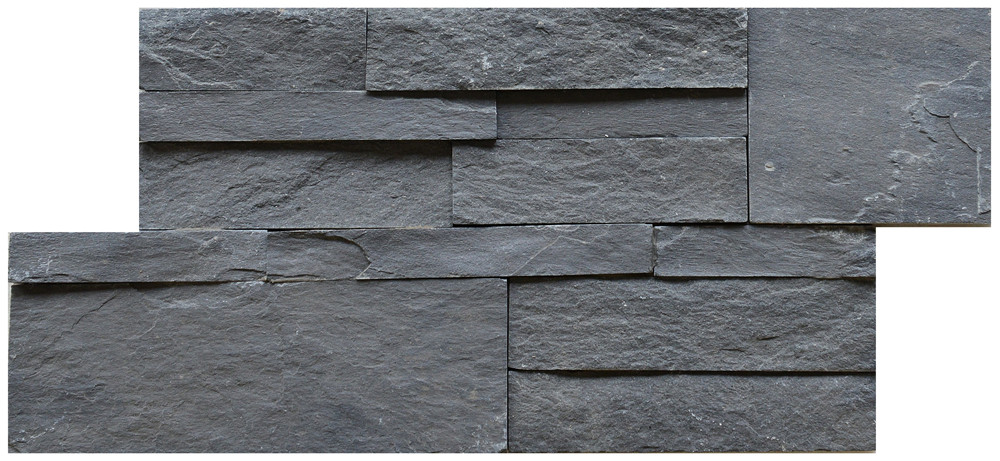Introduction
When it comes to selecting materials for your home renovation projects, choices can be overwhelming. Grouted mosaic tile for seamless installation that homeowners face is choosing between cultured marble and cultured granite for their bathroom or kitchen surfaces. Both materials offer unique characteristics and benefits that appeal to different preferences and requirements. In this article, we will delve deep into the world of cultured marble and cultured granite, exploring their differences in terms of composition, appearance, durability, maintenance, and cost. By the end of this comprehensive comparison, you will be equipped with the knowledge needed to make an informed decision for your next remodeling endeavor.
Composition
Cultured marble, also known as synthetic marble, is a blend of crushed natural marble stone and high-strength resins. This mixture is poured into molds to create various shapes and sizes of products such as countertops, sinks, shower walls, and bathtubs. The use of natural marble particles gives cultured marble a luxurious appearance similar to that of genuine marble, but with added durability and versatility.

On the other hand, cultured granite is a composite material made from crushed granite stone and resin. The inclusion of granite particles provides cultured granite with a distinctive speckled or mottled appearance that mimics the natural beauty of granite. Like cultured marble, this material can be molded into different forms to suit specific design requirements.
Appearance
One of the primary considerations when choosing between cultured marble and cultured granite is the appearance of the finished product. Cultured marble offers a classic and elegant look that resembles genuine marble, with veining and patterns that vary from piece to piece. This variability adds a unique and natural aesthetic to each cultured marble surface, making it a popular choice for traditional and timeless designs.
In contrast, cultured granite showcases a more contemporary and dynamic appearance with its speckled or flecked patterns. The combination of different-colored granite particles within the resin matrix creates a stunning visual effect that can enhance modern and eclectic interior styles. Cultured granite countertops, in particular, can add depth and character to kitchen spaces, making them a focal point of the room.
Durability
Both cultured marble and cultured granite are engineered materials that offer superior durability compared to their natural stone counterparts. The resin used in their composition provides strength and resilience against impact, scratches, and stains, making them ideal for high-traffic areas such as bathrooms and kitchens.
Cultured marble is known for its resistance to chipping and cracking, making it a durable option for vanity tops, shower walls, and tub surrounds. The non-porous surface of cultured marble also prevents the growth of mold and mildew, ensuring a hygienic environment in wet areas.
Similarly, cultured granite exhibits excellent durability due to the inherent strength of granite particles within the resin matrix. This material is highly resistant to heat, scratching, and staining, making it a practical choice for kitchen countertops where cooking and food preparation activities take place. Cultured granite surfaces are also easy to clean and maintain, requiring minimal effort to keep them looking pristine.
Maintenance
In terms of maintenance, both cultured marble and cultured granite offer advantages that contribute to their popularity among homeowners. Cultured marble surfaces are relatively easy to clean with mild soap and water, requiring no special cleaners or sealants for routine maintenance. The non-porous nature of cultured marble prevents liquids from seeping into the material, reducing the risk of staining and discoloration.
Cultured granite surfaces share similar maintenance characteristics, requiring only regular cleaning with a mild detergent to keep them looking like new. Unlike natural granite, cultured granite does not need to be sealed periodically, saving homeowners time and effort in upkeep. The seamless construction of cultured granite countertops also eliminates the need for grout lines, which can harbor dirt and bacteria in traditional tiled surfaces.
Cost
When it comes to cost considerations, both cultured marble and cultured granite offer affordable alternatives to natural stone without compromising on aesthetics or quality. Cultured marble tends to be more budget-friendly than natural marble, making it an attractive option for homeowners looking to achieve a luxurious look without the hefty price tag. The versatility of cultured marble in terms of customization and design options further enhances its value proposition for remodelers on a budget.
Cultured granite, while slightly more expensive than cultured marble, offers a cost-effective solution for those seeking the beauty of granite without the high price associated with natural stone installation. The durability and longevity of cultured granite surfaces make them a wise investment in the long run, as they require minimal maintenance and are less prone to damage compared to natural granite countertops.
Conclusion
In conclusion, the choice between cultured marble and cultured granite ultimately comes down to personal preference, design aesthetic, and budget considerations. Cultured marble offers a timeless and elegant look reminiscent of natural marble, while cultured granite provides a contemporary and dynamic appeal with its speckled patterns. Both materials boast excellent durability, ease of maintenance, and affordability, making them popular choices for bathroom and kitchen surfaces.
Whether you opt for the classic charm of cultured marble or the modern allure of cultured granite, you can rest assured that your chosen material will enhance the beauty and functionality of your living spaces for years to come. By weighing the factors of composition, appearance, durability, maintenance, and cost, you can make an informed decision that aligns with your style preferences and practical needs. Whichever material you select, both cultured marble and cultured granite are sure to add value and sophistication to your home environment.
